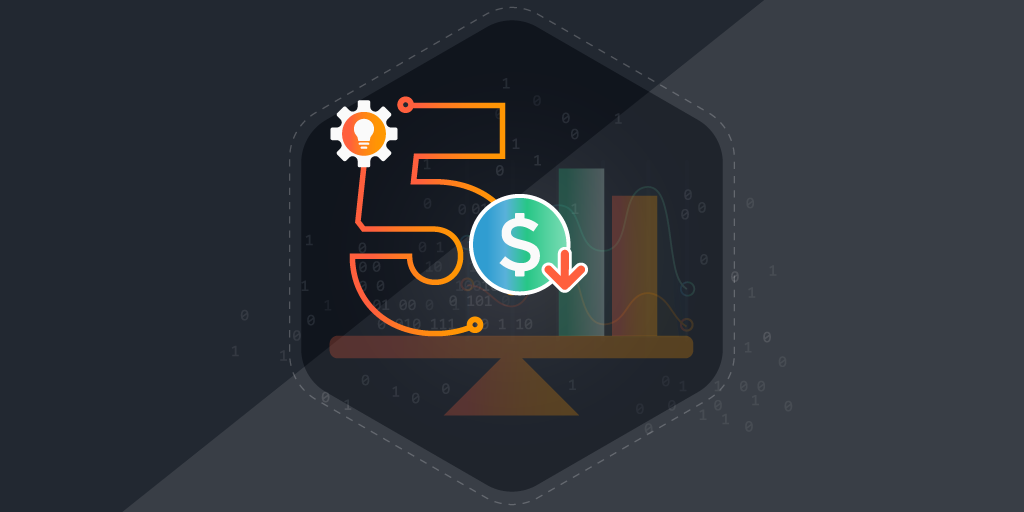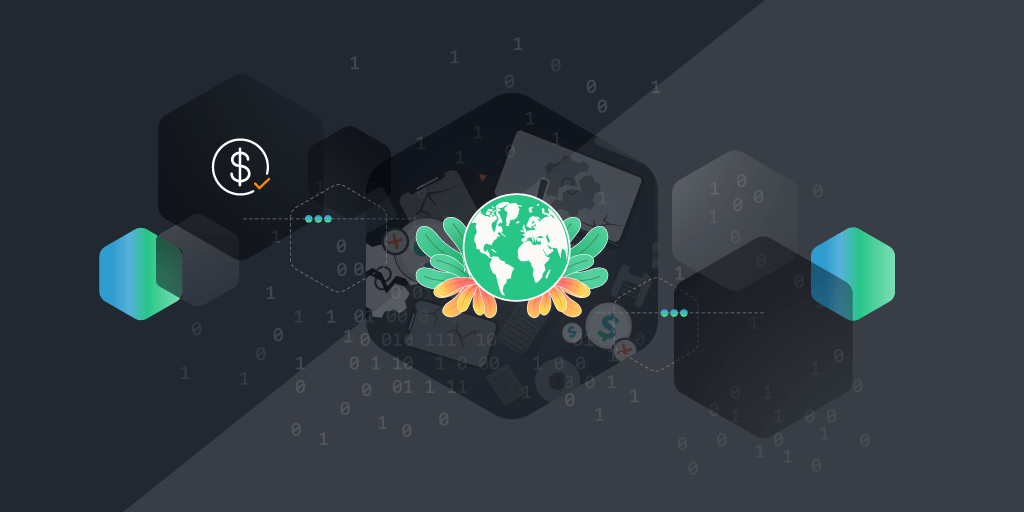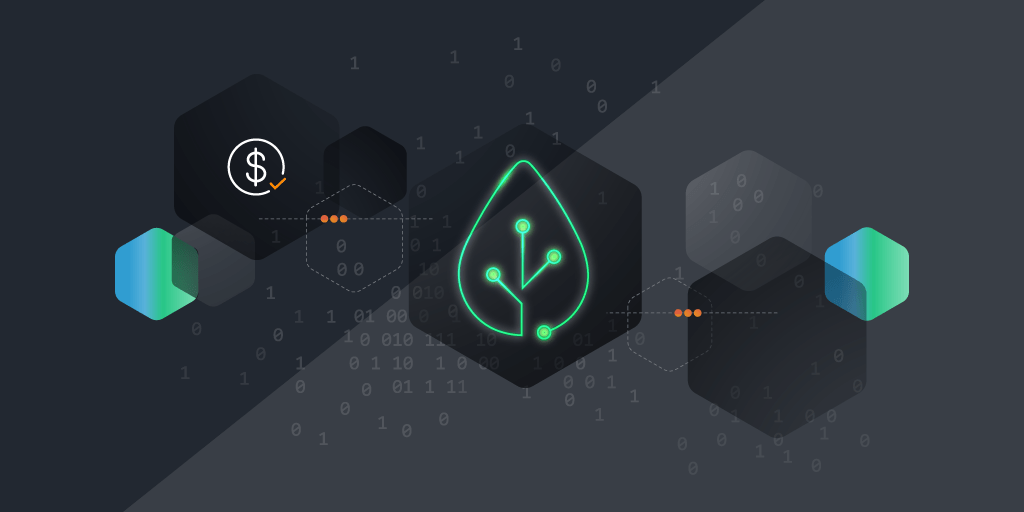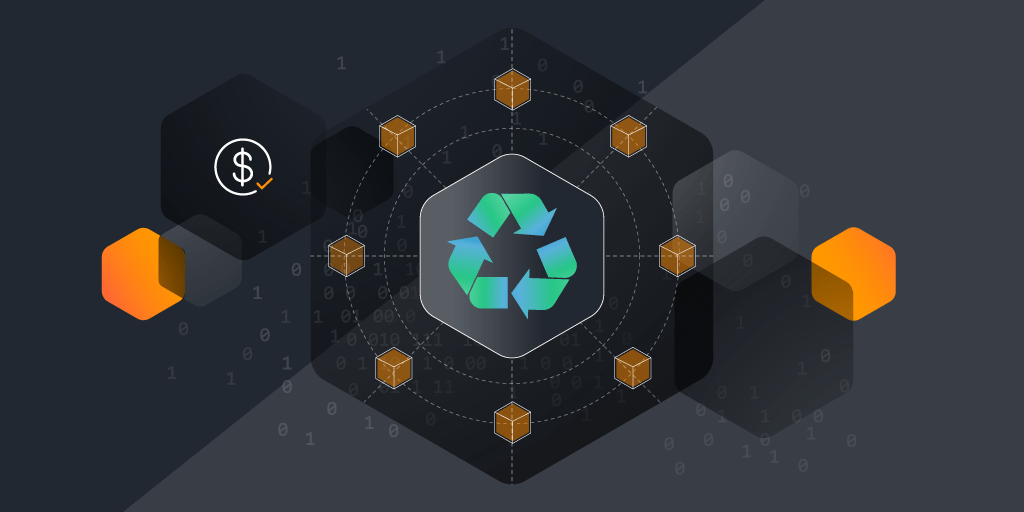
IT budgeting is a multifaceted endeavor. It requires foresight, adaptability, and effective stakeholder communication to ensure that tech investments align with organizational goals and deliver optimal value.
However, managing and reducing IT costs is an essential practice today, as IT organizations grapple with a unique set of budgeting challenges, not the least of which is the swift and never-ending evolution of technology, which invariably leads to unexpected expenses, as organizations strive to stay current and competitive.
Additionally, organizations must balance the cost of maintaining legacy systems with investments in new ones. A significant portion of IT budgets is often consumed by maintaining legacy systems, which can constrain resources available for new projects. Moreover, costs can be unpredictable – fluctuating software licensing fees, cloud service usage, or unforeseen cybersecurity incidents can strain IT budgets and divert resources from other critical projects. Many organizations struggle with Shadow IT – when departments procure their technology without IT oversight, leading to redundancy, waste, and risk.
Today’s mid-sized enterprises spend a significant portion of their revenue – about 5% – on IT, and when costs get out of hand, they can add up. In this post, we’ll examine why IT spending is increasing and five key IT cost reduction strategies you can implement to ensure you have the necessary budget to adapt, innovate, and compete.
What Costs So Much?
Numerous colliding trends drive up IT costs. Here are a few:
- Digital Transformation: For many years, especially since 2020, digital transformation has been a key focus for companies looking to improve their operations, offer new digital products or services, and enhance customer experiences. This often requires significant investments in IT infrastructure and products.
- Investment in AI: AI and other emerging technologies are necessary for organizations to keep up with the competition. Implementing and training employees to leverage them requires significant investments.
- Cloud Computing: The shift towards cloud computing has been driving IT expenditures. About 89% of organizations have a multi-cloud approach.
- Cybersecurity: With the rising number of cyber threats, organizations are allocating more budget to strengthen their cybersecurity posture. 66% of CIOs plan to increase their spending on cybersecurity this year. This includes spending on security software, hardware, and specialized services.
- Data and Analytics: There’s been a growing emphasis on data-driven decision-making, which requires companies to spend more on data storage, analytics tools, and related services for gathering insights from data.
- Regulatory Compliance: With stricter data protection and privacy regulations, companies have had to spend more to ensure compliance, which often entails IT investments.
For these reasons, managing your technology assets effectively can help companies reduce IT spending and preserve margins. For example, Gartner found that businesses can cut software costs by up to 30% with best practices in IT management.
As organizations adopt new technologies and technology spending increases, solutions enabling comprehensive technology asset management – the next evolution in IT Asset Management (ITAM) – can offer significant and measurable IT cost reduction optimization for 2024 and beyond.
A Smart Approach to IT Asset Cost Reduction: Technology Asset Management
Technology Asset Management (TAI) transcends traditional ITAM by delivering data through advanced IT discovery and inventory capabilities to reliably support not only every IT scenario but also every business scenario. Cost optimization across the entire organization is the goal. This holistic approach makes it self-funding and offers substantial savings in the long run. To put this theory into practice, we have gathered five ways Lansweeper can help optimize strategies for IT cost reductions, each time illustrated by a real-life customer case.
5 Ways to Optimize IT Cost Reduction Strategies with Lansweeper
1. Eliminate Manual Processes
Historically, tracking IT assets has been mostly manual, involving extensive spreadsheets with outdated network information and mapping. Manual processes lead to inaccurate reporting on device-specific hardware and unmanaged software, which not only complicates spend management but can be disastrous to an organization’s productivity, compliance, and, ultimately, bottom line. A dedicated ITAM solution can eliminate costly manual processes with automatic scanning, alerting, and reporting features to increase accuracy and productivity.
Lansweeper significantly streamlines operations for IT departments by automating numerous manual processes associated with IT asset management. With its robust scanning capabilities, Lansweeper automatically discovers, catalogs, and updates records of all hardware and software assets across the network, eliminating the labor-intensive task of manually documenting and tracking these resources. The platform consistently maintains an up-to-date inventory, reducing the risk of errors and oversights that manual logging might introduce.
Lansweeper’s customizable reporting feature allows IT teams to generate tailored reports on demand without the need to sift through data manually. These automated reports simplify analysis and decision-making processes, from software licensing compliance to hardware lifecycle status. Lansweeper replaces tedious, error-prone manual methods with automated, efficient, and accurate solutions, allowing IT departments to focus on more strategic tasks and initiatives.
How Lansweeper Helps ArcelorMittal Temirtau
Alexandr Chsherbov manages ArcelorMittal Temirtau plant’s IT infrastructure, as well as that of the company’s branch offices and mines. This includes roughly 5,000 PCs, 500 servers, and various operational technology (OT) systems used in the production facilities. Managing all of those assets efficiently with his previous solution was challenging because discovery was slow, and it didn’t provide total coverage across the IT estate.
“The information would become outdated quickly, which was not only putting our organization at risk but resulting in excessive operational overhead as we relied on manual processes to track and maintain accurate asset data,” Chsherbov said. “We needed a more powerful tool that would automate asset management and enable us to optimize costs.” Read the full case study.

“Lansweeper helps us pinpoint and address opportunities to optimize costs and eliminate manual tasks, not only reducing operational overhead but making it easier to remediate issues that may have an impact on our organization’s ability to operate efficiently.”
2. Strengthen Cyber Security
Cyber attacks rose 38% in 2022 from the previous year, and social engineering and ransomware attacks have become increasingly sophisticated. Moreover, during the first quarter of 2023 alone, cyber attacks averaged 1248 per week, up 7% from Q1 2022. As organizations expand and become more distributed, the number of connected devices grows.
It comes down to this: you can’t protect what you can’t see. Forgotten or missed assets may run outdated software or even malware, creating security vulnerabilities that can lead to substantial financial losses and compromised data.
The vast majority of organizations don’t have a complete or accurate Technology Asset Inventory – and, therefore cannot possibly understand or protect the attack surface. Cyber Asset Attack Surface Management (CAASM) is essential in the modern enterprise. Lansweeper enables effective CAASM by helping organizations understand the Attack Surface, minimize risk and strengthen its overall cybersecurity posture.
By identifying and cataloging every device and software within a network, Lansweeper plays an essential role in strengthening cybersecurity and IT cost reduction associated with security risk management and potential incidents:
- Lansweeper provides a comprehensive inventory of all hardware and software assets in an organization, ensuring that IT teams are aware of all devices and applications that need to be secured. Knowing the exact software versions and hardware specifications can help IT teams identify outdated software or known vulnerabilities and apply patches and updates to reduce the risk of exploitation.
- By regularly scanning the network, Lansweeper can detect unauthorized devices that might connect to the organization’s network. Prompt detection of these devices allows IT teams to take swift action, reducing potential security threats.
- Lansweeper helps to ensure that all software licenses are compliant, reducing the risk of running potentially insecure or pirated software.
- Lansweeper can help organizations be sure that devices are configured according to security best practices and company policies and rectify any deviations or misconfigurations quickly.
- Lansweeper can help identify End-of-Life Hardware and Software, which can pose security risks, enabling IT teams to plan replacements or upgrades.
- With the comprehensive reports generated by Lansweeper, organizations can perform regular audits of their IT assets and identify potential security gaps.
How Lansweeper Helps Herman Miller
Herman Miller implemented Lansweeper to combat cybersecurity risk, which increased visibility in its complex IT environment. The IT organization benefits from more than 100 custom Lansweeper reports to keep the CIO informed. Learn how they do it.

“Lansweeper works out of the box. You turn on scanning and the magic happens.”
3. Streamline Reporting
Lansweeper’s reporting capability empowers IT teams to manage resources efficiently and recognize areas for potential cost savings by providing a clear, detailed, and up-to-date view of an organization’s IT assets.
IT teams gain a comprehensive view of their IT environment, enabling cost-effective decision-making. Through detailed insights into software installations, IT departments can optimize software licensing, ensuring they only pay for what they genuinely use and eliminating redundant applications. Hardware lifecycle reports aid in timely upgrades, redistributions, or replacements, preventing unnecessary expenditures.
By tracking devices and their power usage patterns, energy costs can be reduced, and Lansweeper’s ability to monitor system configurations and installed software accelerates troubleshooting, decreasing downtime expenses. Lansweeper reporting also ensures software license compliance, helping organizations avoid costly legal penalties.
Lansweeper’s ability to easily access relevant data reduces reporting hassles and eliminates human error. Time spent compiling detailed reports for business units or regulatory bodies and retrieving data for security investigations is drastically reduced, giving IT staff more time to spend on other mission-critical activities.
How Lansweeper Helps Radisson
At Radisson, individual IT teams at each hotel used Lansweeper to discover and make inventories of their IT assets. However, a holistic view of the entire IT estate was lacking at the global level. “Every time we needed information from the hotels, we’d have to reach out to them individually, and they would submit the data in various formats such as Excel spreadsheets, which are error-prone and inefficient, ” said Ben Vrijsen, Manager IT Field Services EMEA at Radisson, “That made it difficult to consolidate the data to view and analyze it holistically.” Read the entire case study.

“The time and cost savings we realize from using Lansweeper to collect and consolidate all technology asset data across all our properties is substantial. We gain unprecedented insights that help us optimize IT spend and performance across the enterprise.”
4. Prepare for Audits
Many industry analysts believe auditing activities will increase in today’s hybrid workplace. It’s critical to be prepared by maintaining an up-to-date inventory during a surprise audit.
By providing detailed, up-to-date, and customizable insights into the IT environment, Lansweeper is critical in ensuring organizations are well-prepared and equipped with the necessary data to navigate various audit scenarios seamlessly. Lansweeper continuously and automatically scans your environment, so you always have a complete and accurate inventory. Here are some of the ways Lansweeper assists with various audit scenarios:
- Detailed Asset Inventory: Lansweeper creates a centralized database of all hardware and software assets within the organization, ensuring a clear record of every device and software instance. This is vital for audits that require proof of asset ownership and usage.
- Software License Compliance: Through its reporting capability, Lansweeper can show which software versions are installed and where making it easier to demonstrate compliance with software licensing agreements and avoid penalties associated with non-compliance.
- Configuration Management: Audits, especially security-related ones, often assess whether systems are configured according to best practices or specific standards. Lansweeper’s reports can detail how devices are set up, facilitating compliance checks.
- Unauthorized Devices and Software: Lansweeper can detect unauthorized devices connected to the network or unauthorized software installations, helping organizations maintain a secure and compliant IT environment.
- Documentation and Historical Data: Lansweeper maintains historical data, allowing organizations to demonstrate changes over time, asset retirements, or software uninstallations, which can be crucial during audits.
- Warranty and Support Status: For audits assessing IT infrastructure’s reliability or resilience, Lansweeper can provide data on which devices are still under warranty or support contracts.
- User Access and Permissions: For audits focused on data access and user permissions, Lansweeper can provide insights into which users can access specific resources, ensuring the principle of least privilege is upheld and documented.
- Customizable Reports: Depending on the nature of the audit, organizations might need specific data sets. Lansweeper allows for customizable reports, ensuring that organizations can present data tailored to the audit’s requirements.
How Lansweeper Helps GreenYard
After Greenyard started using Lansweeper, the IT team discovered 400 more licenses of Microsoft than were needed due to people leaving the company and local IT teams neglecting to disable machines or eliminate licenses. What’s more, Lansweeper uncovered several servers that had been sitting idle, wasting resources. “With Lansweeper providing a complete and accurate inventory of our software and hardware assets, we can identify wasteful practices and renegotiate license agreements to reduce IT costs,” said Luc Verbist, CIO at Greenyard. Read the full case study.

“With Lansweeper, we now have a 100% clear view on what we have running across all of our sites. This insight and visibility has been instrumental in helping the company eliminate waste and optimize costs.”
5. Maximize Infrastructure Visibility
Tracking the lifecycle of IT assets provides CIOs and IT professionals with critical data for financial, inventory, contractual, and risk-management strategies. A solution that has ITAM as a core functionality can automatically and accurately update IT Inventories , which, in turn, helps decision-makers understand workflows and determine which assets need to be purchased, redistributed, or discontinued. Since ITAM tools keep track of each transaction and the networks, devices, and users involved, they also allow system administrators more time for high-level analysis and help identify and reduce the impact of fraud.
Lansweeper offers organizations unparalleled clarity into their IT environments by maximizing infrastructure visibility. At its core, Lansweeper’s primary strength lies in its capacity to perform a comprehensive inventory of all hardware and software assets within an organization. By actively scanning and cataloging every device and application across diverse platforms and network structures, it creates a centralized database that offers a bird’s-eye view of the entire IT landscape.
Beyond mere inventory, Lansweeper identifies detailed specifications, configurations, and the current status of each asset, including its software versions, patch levels, and user associations. This granularity in data allows IT departments to understand their infrastructure’s layout and health. Additionally, its ability to detect unauthorized devices and software installations further bolsters the completeness of its visibility.
The comprehensive visibility Lansweeper provides streamlines daily operations and empowers organizations to make informed decisions, optimize resource allocation, and enhance overall security and compliance postures. It’s also one of the most effective IT cost-reduction strategies an IT team can implement.
How Lansweeper Helps Cerner Corporation
Cerner Corporation uses Lansweeper to gain insight into not only the number of assets in the environments they manage but also required patches, updates, fixes, and other necessary maintenance tasks, helping to allocate staffing and control costs better. Read the case study.

“I knew Lansweeper would provide us with the data about installed systems and software, so we would be able to manage and reduce IT costs and ensure our clients are getting maximum value from their infrastructure.”
IT Asset Cost Optimization for 2024 Is in Reach
While we can’t control global events that impact our economic stability, we can control internal costs – and managing your technology estate effectively is a great place to begin. If approached holistically, technology asset intelligence offers insights and strategies for improving inefficiencies and productivity across the organization, helping optimize investments and cut unnecessary spending.
Interested in learning what ROI Lansweeper can deliver for your organization? See for yourself with a free trial today.
Save time & money with full asset visibility.
Start your free 14-day trial, no credit card required.
TRY NOW

